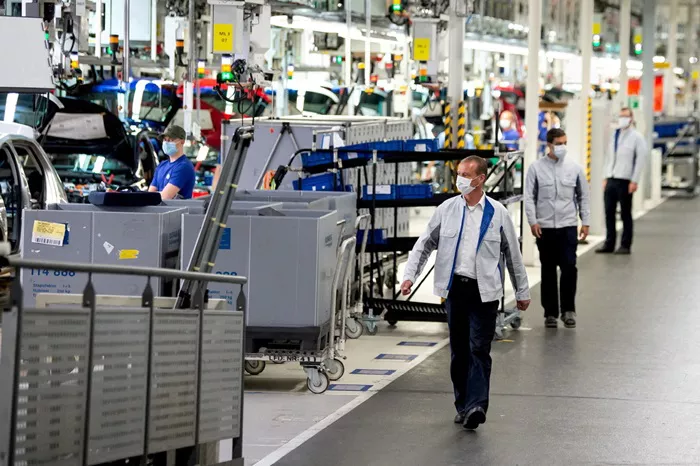Germany’s manufacturing sector, which accounts for approximately one-fifth of the country’s economy—the largest in Europe—continued to experience a downturn in August, according to a survey released on Monday. This sector, often seen as the backbone of the German economy, is grappling with persistent challenges.
PMI Drops Further Below Growth Threshold
The HCOB final Purchasing Managers’ Index (PMI) for German manufacturing fell to 42.4 in August, down from 43.2 in July. Although this figure slightly exceeded the preliminary flash estimate of 42.1, it remained firmly below the 50-point mark that distinguishes growth from contraction, highlighting the sector’s ongoing struggles.
Incoming Orders See Steepest Decline
“August witnessed an even sharper decline in incoming orders, extinguishing any hopes for a swift recovery,” remarked Cyrus de la Rubia, Chief Economist at Hamburg Commercial Bank. The steep drop in new orders was a key factor driving the PMI’s decline, suggesting that demand for German manufactured goods continues to weaken significantly.
Sharp Drop in New Work Inflows
The report further detailed that new work inflows experienced their steepest decline since November of the previous year. This significant reduction in demand underscores the challenges facing the sector, as manufacturers struggle to secure new orders amid a difficult economic environment.
Factories Face Excess Capacity and Job Cuts
In addition to the decline in new orders, August also saw accelerated reductions in both backlogs of work and employment. These trends point to spare capacity in factories, as manufacturers scale back operations in response to dwindling demand.
Diminished Optimism for Future Growth
As a result of these challenges, goods producers are less optimistic about their growth prospects for the year ahead. The ongoing decline in orders and production has dampened expectations, casting a shadow over the sector’s outlook.
Conclusion
The sustained decline in Germany’s manufacturing sector, as reflected in the August PMI, underscores the ongoing challenges facing one of Europe’s most critical industries. With new orders plummeting and factories cutting back, the road to recovery remains uncertain, and optimism for a swift turnaround is fading. As manufacturers navigate this challenging landscape, the sector’s future growth prospects appear increasingly uncertain.
Related Topics:
-
Hedge Funds and Wind-Farm Companies Clash in Taiwan’s Interest Rate Swap Market
-
Nvidia’s Stock Decline Viewed as Buy-The-Dip Opportunity by Wall Street Analyst
-
Treasuries Poised for Longest Winning Streak in Three Years Amid Fed Rate Cut Expectations
-
Intel Navigates Challenging Times with Strategic Review and Investment Banking Support

